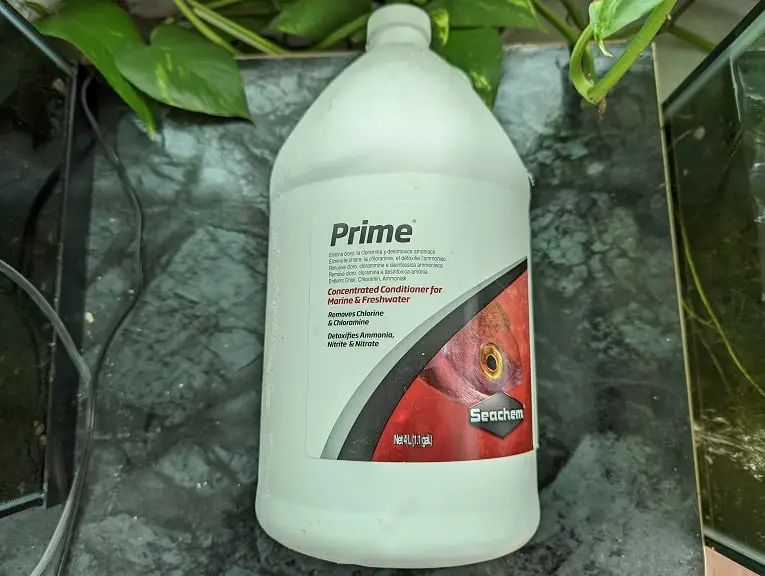While the Seachem Pond Matrix is a biological media that is designed to be put in a filter, you can also use it as a substrate for your fish tank or pond.
You can take a look at this guide from Aquarium Blueprints to see how can properly prepare and maintain Pond Matrix as a substrate.
Can you use Seachem Pond Matrix as substrate?
For the uninformed, Seachem Pond Matrix is a biological media as it provides a place for beneficial bacteria to grow. These colonies will help reduce the toxic ammonia, nitrites and nitrates levels in your fish tank.
Beneficial bacteria will grow on all surface area in your aquarium. Therefore, you don’t necessary need to put Pond Matrix into a filter for it to be effective.
Instead, you can add this filter media directly to your fish tank, including using it as a substrate.
Should you bury Seachem Pond Matrix under another substrate?
If the pores of the Seachem Pond Matrix get blocked or clogged, then the beneficial bacteria living inside of it will eventually starve to death without access to ammonia, nitrites and nitrates. As a result, your biological is going to get disrupted, causing spikes to the aforementioned nitrogen compounds.
To prevent the pores of the Pond Matrix pebbles from clogging, you need to occasionally rinse the filter media.
Therefore, we don’t recommend burying this filter media underneath another substrate. Otherwise, you will have to remove the other substrate first before you have access to the pebbles for rinsing.
How to add Seachem Pond Matrix as substrate in your aquarium
In order to use Seachem Pond Matrix as a substrate, we recommend that you take the following steps:
1. Remove the pebbles from the container and put them in a water bucket or container.
2. Add clean water to the same bucket or container. Make sure that the pebbles are underwater.
3. Next, stir the pebbles around in the bucket or container in order to knock off the dust and other particles into the water.
While dust and other particles from Pond Matrix won’t harm your fish, it may end up causing water clarity issues in your aquarium.
4. Pour out the dirty water from the bucket or container.
5. You can repeat steps 2, 3 and 4 over and over again to clean out the filter media.
6. If you used tap water to clean Seachem Pond Matrix, then we recommend adding a drop of dechlorinator like the Seachem Prime directly in the aquarium or pond to prevent chlorine and chloramine of the tap water from getting into the tank water or pond water.

7. You may want to put the pebbles into filter bags as doing so will make it easier to remove Pond Matrix from the fish tank or pond for rinsing.
If you are looking for a compatible product, then we recommend taking a look the Aquatic Experts Aquarium Mesh Media Filter Bags, which you can find on Amazon via this link. (#CommissionsEarned)
How to maintain the effectiveness of Seachem Pond Matrix as a substrate
As we stated previously, maintenance is required in order for Seachem Pond Matrix to continue reducing ammonia, nitrates and nitrates in your fish tank.
To properly do so, we recommend you do the following during a water change:
1. Remove all the Pond Matrix pebbles from the bottom of the tank.
2. Put the pebbles into a water bucket or container.
If you are using filter bags, then we recommend removing the pebbles from the filter bags and then put both the bags and pebbles in the same bucket or container.
3. Next, add the tank water to the same bucket or container.
While you can also add tap water, you will need to add a dechlorinator. Otherwise, the chlorine and chloramine will harm the beneficial bacteria living on the Pond Matrix. Therefore, it is safer and more efficient to use tank water you plan on already throwing away.
4. Stir the pebbles in the bucket or container to knock off any buildup into the water.
5. Pour out the dirty water from the bucket or container.
6. Repeat Steps 3, 4 and 5 over again, until you are satisfied with rinsing the pebbles.
7. Once you are done with the cleaning, you can put the pebbles right back to the bottom of your pond or fish tank.
